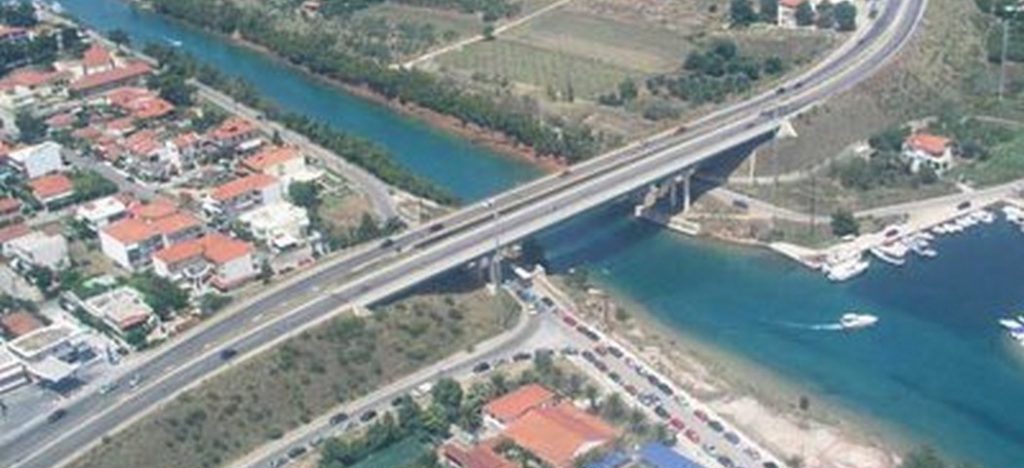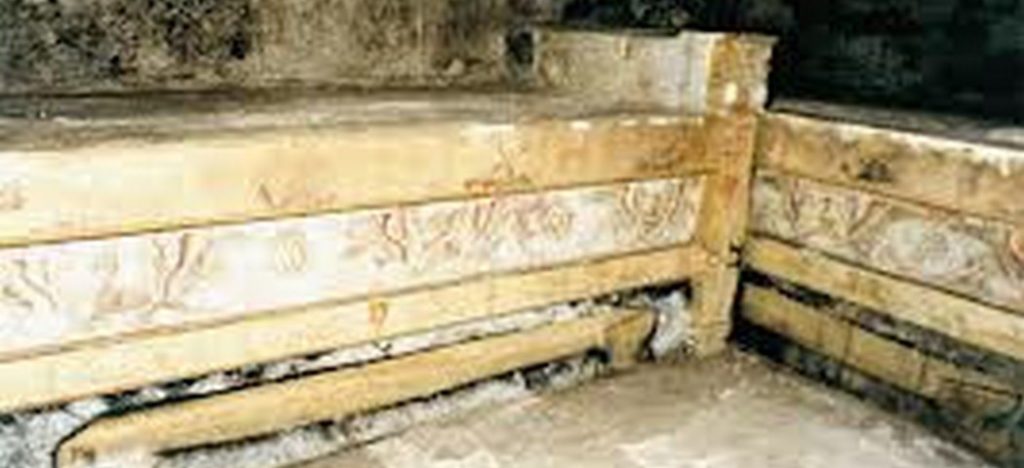
Nea Potidea was built in 1923 by the refugees of Eastern Thrace and Kololimnos, on the ruins of the ancient city of Potidea.
The ancient Potidea was founded in 600 BC, on the Peninsula of Palini.
The city was named after Poseidon who was the city’s protector. During Xerxes expedition against Greece in 480 BC, the city was defeated. However, a year later, the city was rebuilt and resisted the siege laid by Artabazus. That same year, it was the only city of Macedonia which, together with other Greek cities, participated in the battle of Plataea.
In 349/8 BC, the city follows the fate of other cities of Halkidiki and becomes part of the Macedonian Kingdom.
After a desertion of 40 years, in 316 BC, Cassandros builds in the geographical position of Potidea a new city which is named after him: Cassandria. During the period when Macedonia was occupied by the Romans (168 BC), Cassandria evolved into one of the strongest cities of Macedonia. It is likely that the canal opened during this period, which facilitated navigation and boosted trade and economic development.
In 168 BC, the city came under Roman rule which contributed to its prosperity.

The decline of the city is associated with the invasion of the Huns who invade Macedonia in 540 BC.Thus, despite the efforts of Justinian in the 14th century AD, according to various sources, the city was completely desolated. In 1407, Ioannis G’ Palaiologos and later the Venetians had the castle repaired as it was very important for the security of the entire peninsula. In 1430, the city fell under the domination of the Ottoman Turks.
During the revolution of 1821, the old fortifications were repaired and reused, while at the same time, the canal opened again.
In 1821, the rebellious people of Halkidiki were fortified in the castle before the ” destruction of Cassandra” known as “holocaust” whose anniversary is celebrated every year on November 14th.
